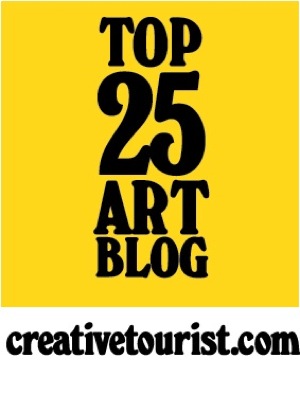
On Tuesday, I went over to the Deaf Institute for March’s No Point reading night, which was also the launch for Jenn Ashworth’s novel, A Kind of Intimacy. I was flagging slightly after a long and weary day, and had to go home to my bed before the end, but I did get to hear Jenn’s excellent reading, and even more importantly, to buy a copy of the book which Jenn signed with her special fountain pen in her special rose-scented book-signing ink.
I started reading A Kind of Intimacy on the bus home, and continued reading it on Wednesday morning when I woke up. An hour later, I realised it was half past eight, I was still in bed, and I was now in serious danger of being very late to work. I went to the theatre on Wednesday (Macbeth at The Royal Exchange, well worth going to see if you get the chance) but when I got home, I found myself reading again. And Thursday morning was pretty much an exact repeat of Wednesday, except this time I did manage to avoid the temptation to read in bed, but ended up picking up the book half way through putting my make-up on, and thus was late leaving the house for the second day in a row - also with slightly weird mascara.
Now, I’ll admit I am very easily distracted when it comes to books - but even for me, that's impressive stuff. The thing is that A Kind of Intimacy is just very, very difficult to put down. Stevie Davies, writing in today’s Guardian, describes it as “compulsively readable” and I would certainly concur with that.
A Kind of Intimacy is the story of overweight Annie - lonely but determinedly optimistic - who moves to a new home, seeking to leave her troubled past behind her and build a new life for herself. In an attempt to ingratiate herself with the local community, she arms herself with a selection of hilariously-titled self-help manuals and romance novels borrowed from the local library in order to gain new social "skills" that she diligently misapplies to every social situation she finds herself in - from a truly horrific house warming party to cringe-inducing dinners with the neighbours. At first it’s difficult not to feel pity for Annie's clumsy and ill-fated attempts to build relationships with those around her, but increasingly it becomes clear that in gaining our sympathy, Annie has been duping us just as adeptly as she dupes and deludes herself. Far from the wholesome, decorous image she seeks to project, she reveals herself to be scheming, malicious and disturbed: instead of befriending her neighbours she spies on them, works up a series of imagined grudges and then enacts a series of bizarre and increasingly grisly acts of revenge.
As events unfold, it soon becomes clear that Annie is an out and out monster with gruesome secrets to hide; yet she remains far from a cartoon stereotype. Her chatty, mundane, cliche-ridden narrative voice is weirdly compelling: every now and then, you almost can't help sniggering along with one of her malicious observations, thinking that perhaps yes, next-door neighbour Lucy really is a little bit smug and annoying. Of course, as Annie's behaviour spirals out of control, she becomes far from sympathetic, but she is a tragic as well as a monstrous and grotesque figure, both in her fantasy of achieving "a certain kind of intimacy" with kindly neighbour Neil, and through the history which is gradually revealed to us - a murky past characterised by violence, secrets, self-delusions and bizarrely comic sexual mishaps, from which ultimately, she cannot escape.
As the narrative moves resolutely towards its gruesome climax, the comedy becomes blacker, yet somehow Ashworth’s writing always feels surprisingly light and sprightly. Jenny Diski has described the book as “an intense and intriguing novel that never quite lets the reader get comfortable” and on the whole I’d agree with that, but what really strikes me is the bouncy good humour of this book. With its hints to violence, sexual abuse and infanticide, the novel could risk being just too dark and too disturbed, but in fact, reading it is an enormously enjoyable experience - both in its outrageous comedy moments, and as a result of the very evident pleasure that Ashworth takes in unravelling her monstrous creation in all her surreal glory before our eyes.
Altogether, A Kind of Intimacy is a beguiling debut, skilfully mixing up the recognisably ordinary, mundane aspects of suburban life with the dark, abnormal and downright bizarre. What is more, unlike so many first novelists, Ashworth manages to avoid pretension, self-conscious literary language or purple prose: I love her carefully-poised descriptions and observations. Max Dunbar provides a perfect summing up of the novel, describing it as “tightly plotted, exquisitely paced, every word on trial for its life... a story of provincial unhappiness, bad company in small rooms, the awful consequences of not being loved.”
I can’t wait to read whatever Jenn has got up her sleeve next. Only this time, I think I’d really better save reading it for the weekend.
(Just in case you're interested, in spite of Jenn's best efforts, by some minor miracle, I wasn't actually late to work on either Wednesday or Thursday, but managed to squeak in the door with about a minute to spare. A point to ponder: perhaps the Magic Bus truly does have magical powers after all?)






























